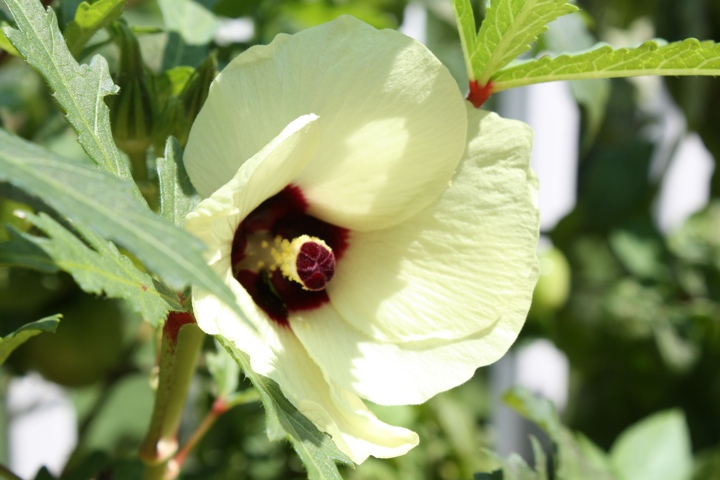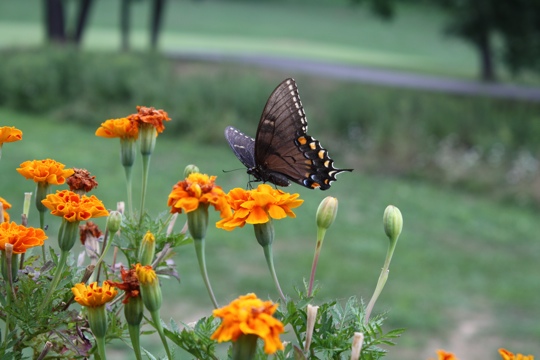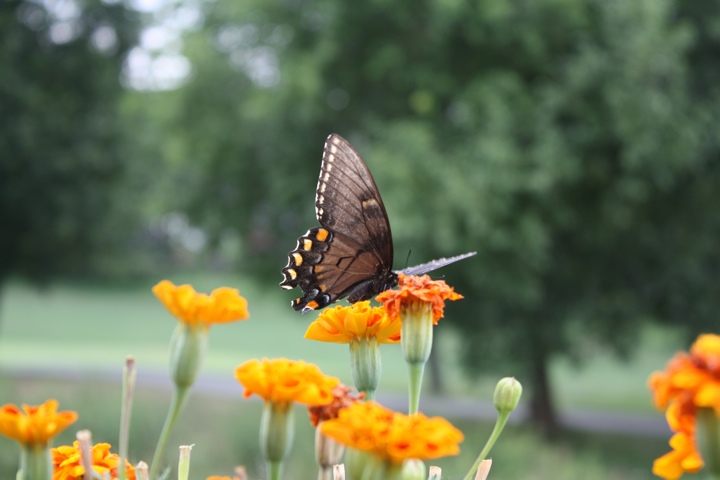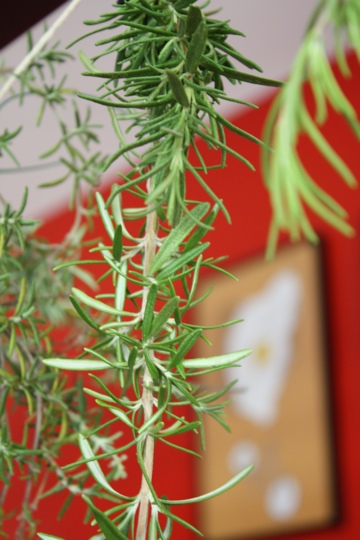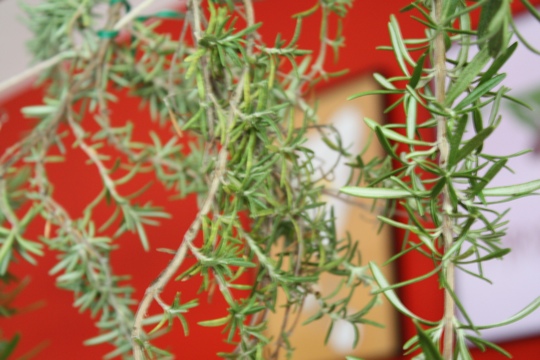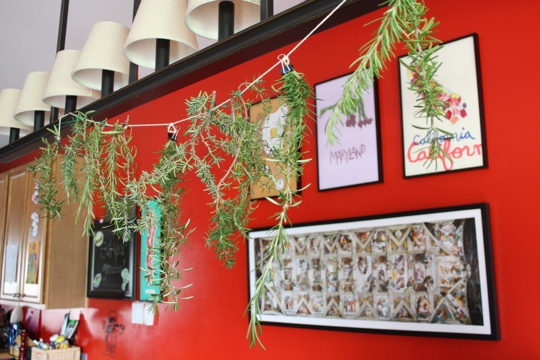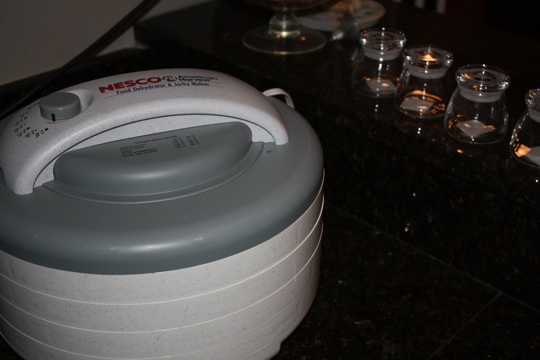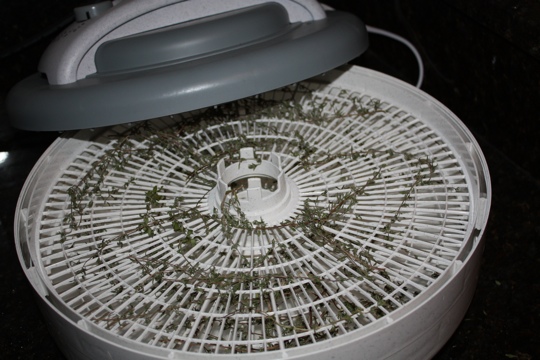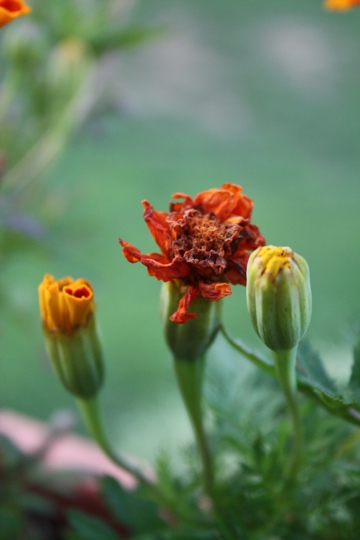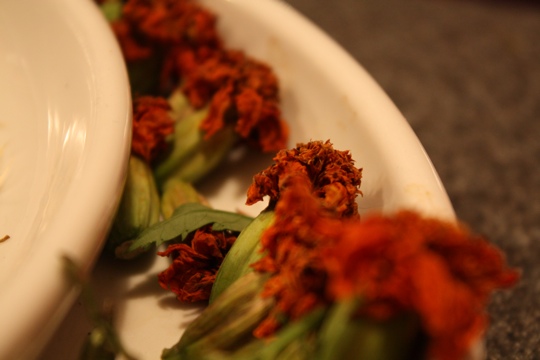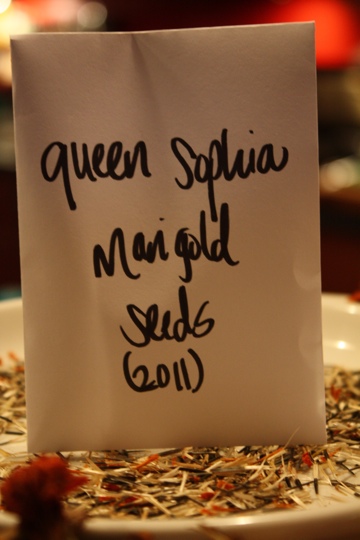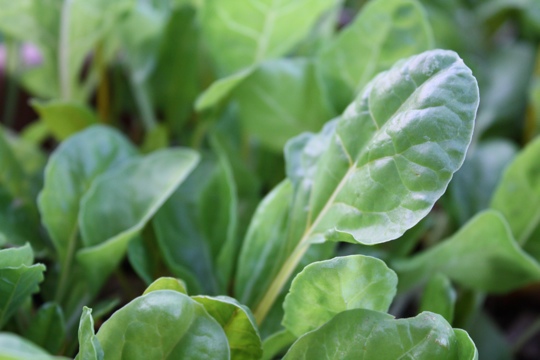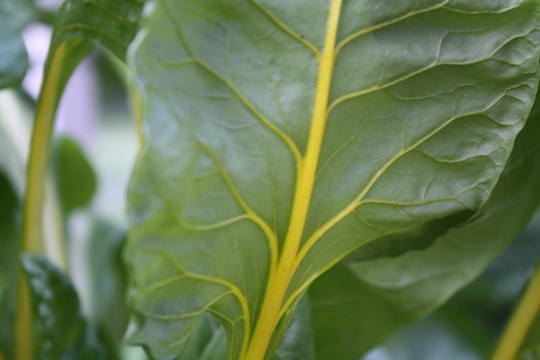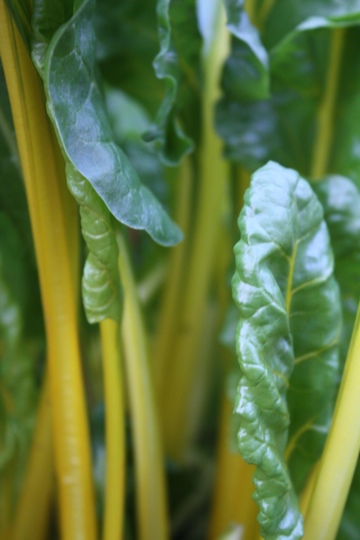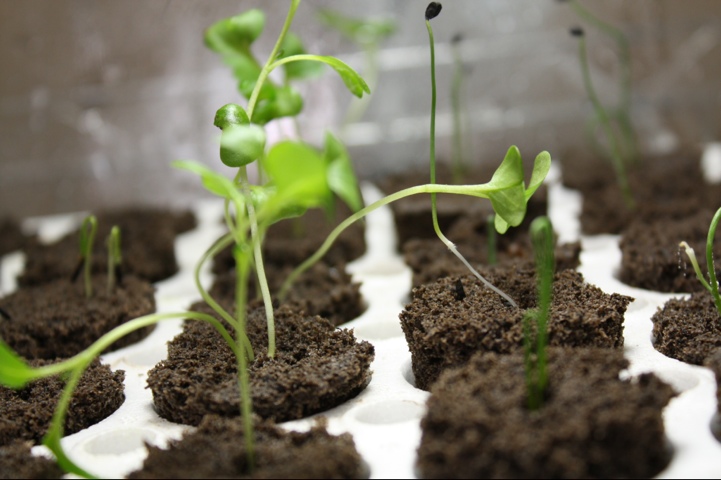 Spring is on the way, well winter never really got here. Regardless, the gardener is rested and now it's time to start growing the vegetable & herb seeds. In years past, I've grown my seeds & plants in the sunroom but an unnamed 4-year-old has taken over that space. I'm headed down to the basement this year.
Spring is on the way, well winter never really got here. Regardless, the gardener is rested and now it's time to start growing the vegetable & herb seeds. In years past, I've grown my seeds & plants in the sunroom but an unnamed 4-year-old has taken over that space. I'm headed down to the basement this year.
Without any natural light in this section of the basement, I needed to build a seed cart. After cleaning out the garage & raiding the depths of my basement I found everything I needed to construct a 3 shelf seed growing station. To be honest - I conceptualized, my darling husband constructed!
The seed cart is made of: a 3-tiered shelf unit, (amazon) 2 grow lights, (amazon) 1 dismantled aerogarden lamp, 3 seed-tray heat mats, (amazon) 4 Park Seed Bio-domes, (Park Seed) 160 peat pot sponges, (Park Seed) 1 timer, 1 surge-protector outlet strip, (amazon) 4 bungee cords & a handful of zip-ties.
It may look hodge podge, but I'm getting fantastic results! And - I didnt spend the $300+ a pre-fab seed cart costs. The items purchased this year - power-strip, peat pot sponges, and seeds.




What to grow? Over the last few years, I've saved the seeds from the plants that I harvest, notably from my marigolds. It saves money, makes a great gift, and is a seed with proven results. But....it is impossible to avoid buying seeds. Around New Years my mailbox was full of colorful seed catalogs just begging to be read, over, and over, and over again. Since I grow organic, and I'm not a GMO kinda gal I ordered my seeds from Baker Creek Heirloom Seeds and Fedco Seeds.
Sprouting Seeds: As you can see in the photos above, things are growing. This year I'm employing a staggerd approach to my planting, called succession planting.
Growing (indoors) Now: Lacinato Kale Blue Curled Scotch Kale Red Leaf Lettuce Chervil Rainbow Chard Bianca di Maggio Onion Flat of Italy Onion Pequillo Peppers Purple Bell Peppers Jalapeño Peppers Cayenne Peppers Fish Peppers Orange Pixie Tomatoes Pruden's Purple Tomatoes Purple Cherokee Tomatoes
Seed Planting (outdoors) Soon: Radish Arugula Chioggia Beets Golden Beets Queen Sophia Marigolds Cilantro Dill Rosemary
More (indoor) seed starting soon: Green beans Peas Cucumbers Sweet Basil Thai Basil Thyme


2012 looks to be an interesting growing year, I'm looking forward to the challenges and successes of growing in the Mid-Atlantic! Are you growing any vegetables this year? Do you grow from seed or from seedlings?


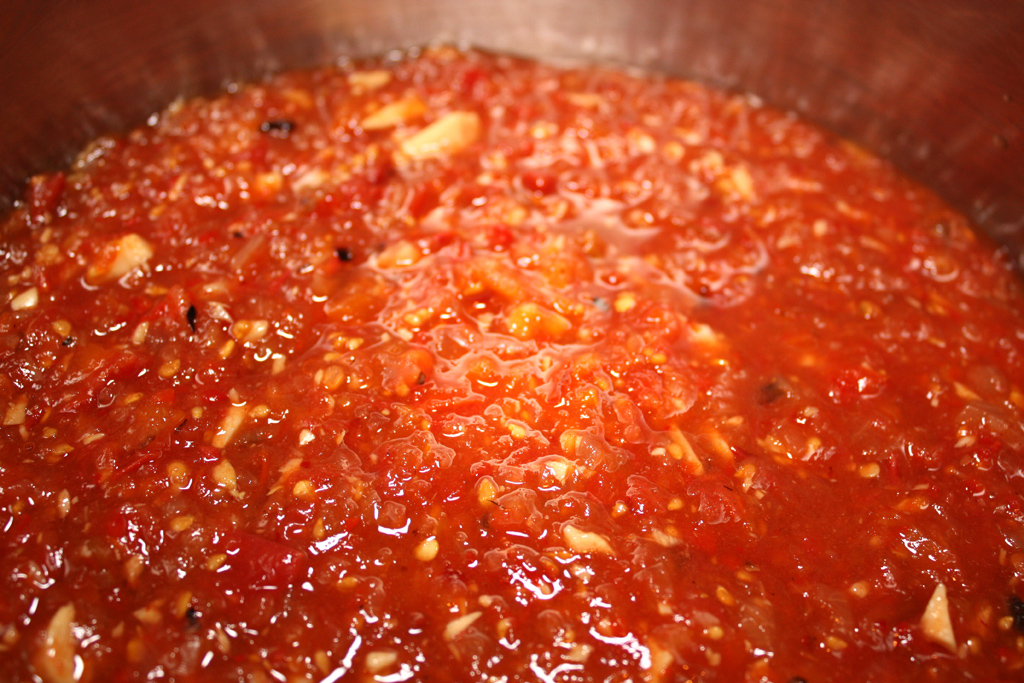
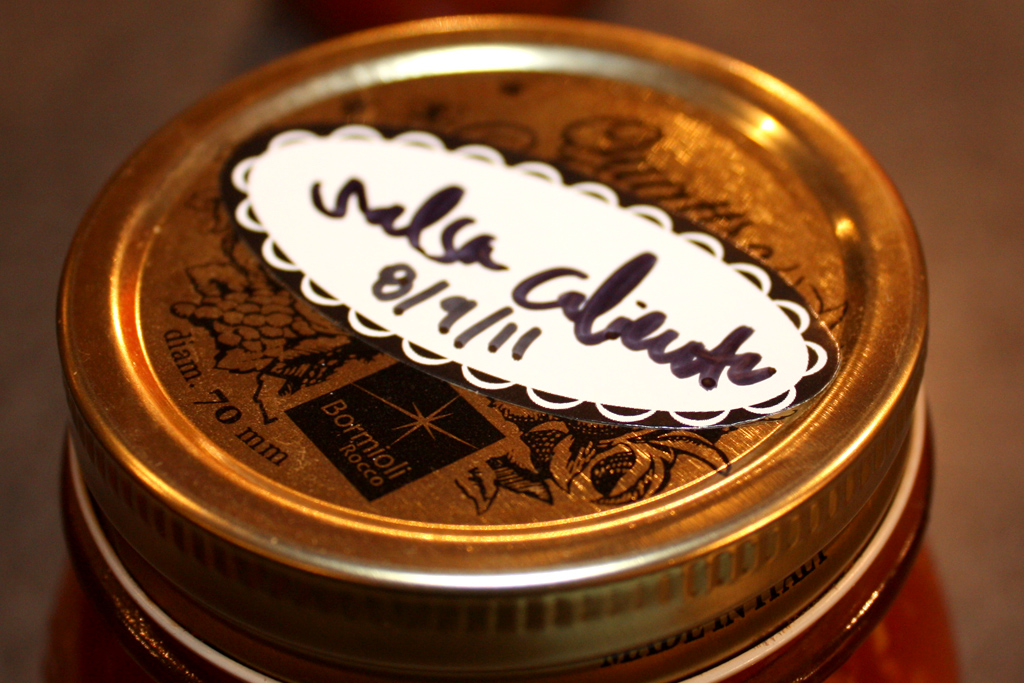
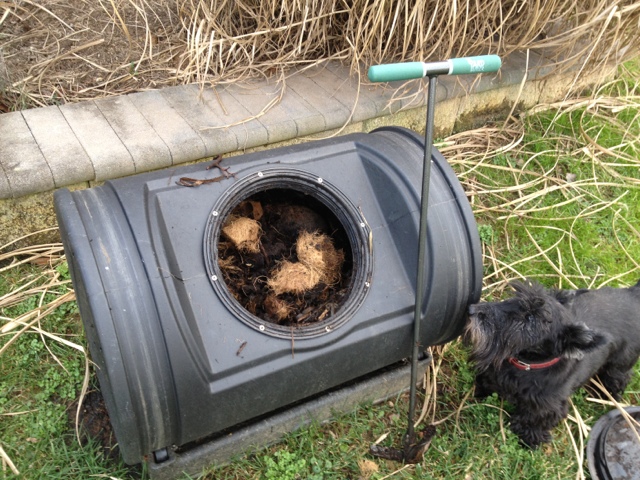
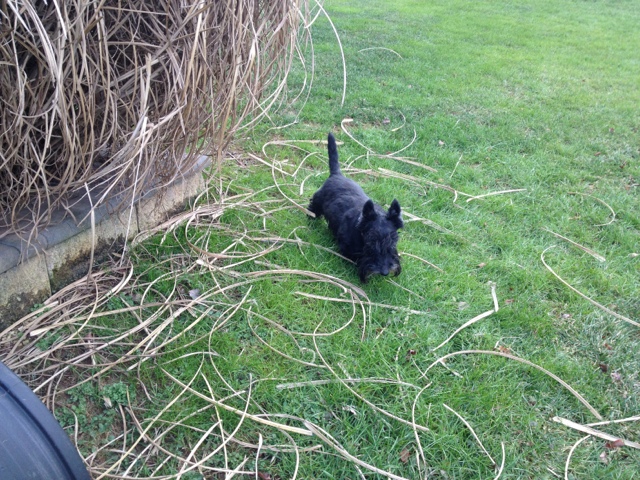
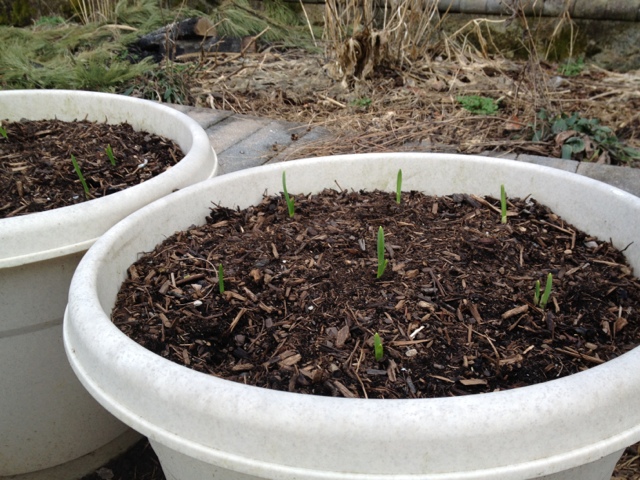
 Over the weekend, I packed up the crew and we visited a local Maryland farm that's still producing!
Over the weekend, I packed up the crew and we visited a local Maryland farm that's still producing! 






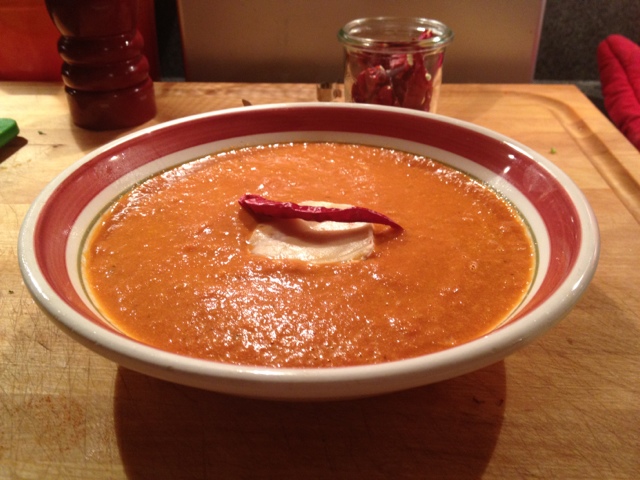



 A few weeks back I joined the
A few weeks back I joined the 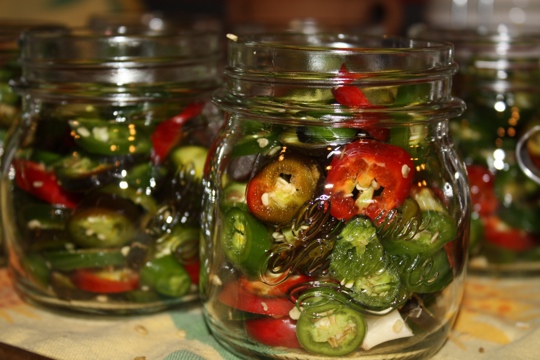
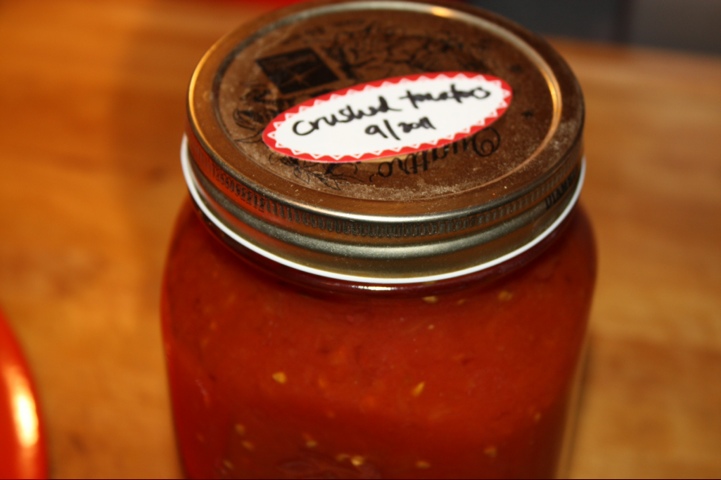
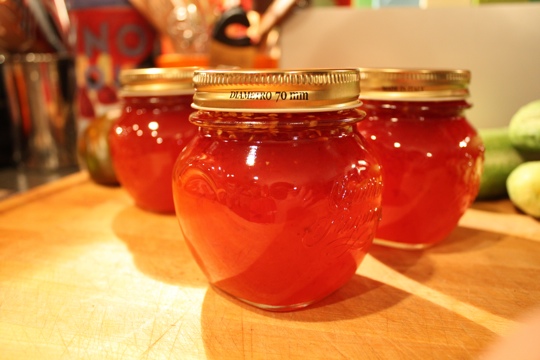
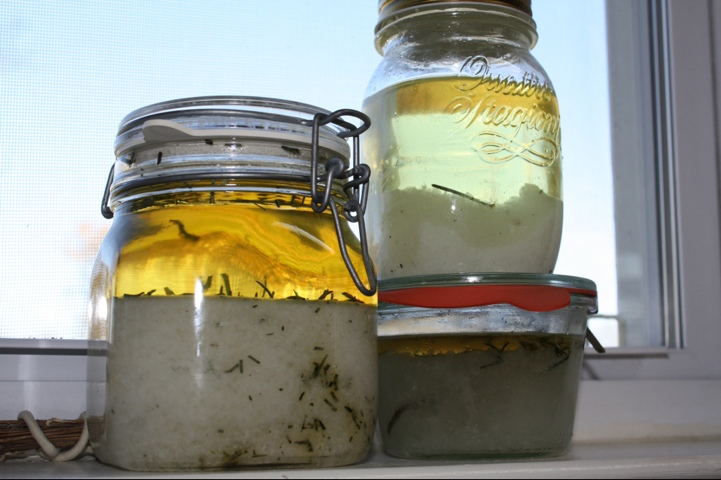




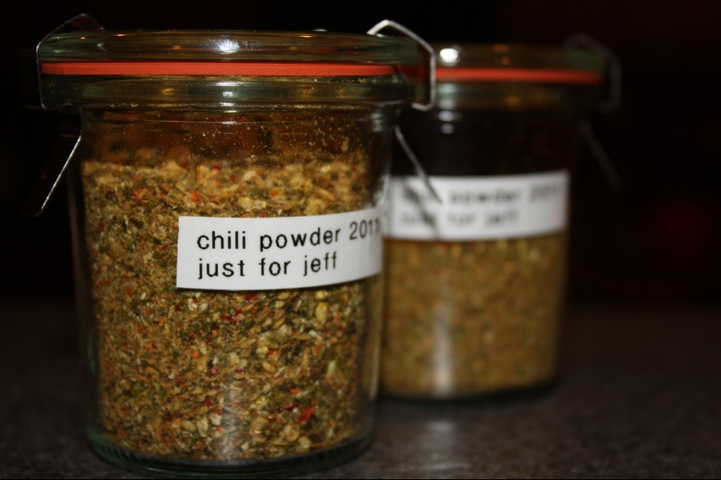
 Most of my October garden-time involves harvesting the last of the summer gems like peppers and tomatoes, but this week I'm actually doing a little planting too. October is the time to plant garlic bulbs! A few years ago, I tried to plant garlic shallots, but nothing came of it. This year will be different. I've read-up on the ins and outs of garlic growing and I am ready to try again.
Most of my October garden-time involves harvesting the last of the summer gems like peppers and tomatoes, but this week I'm actually doing a little planting too. October is the time to plant garlic bulbs! A few years ago, I tried to plant garlic shallots, but nothing came of it. This year will be different. I've read-up on the ins and outs of garlic growing and I am ready to try again. 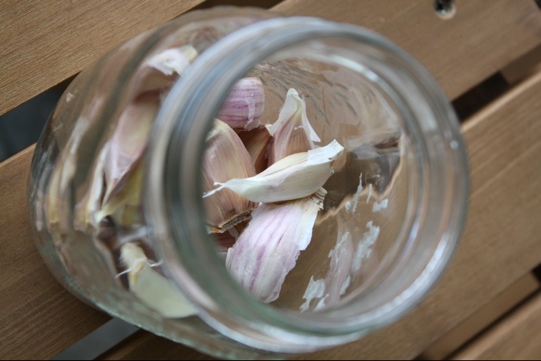
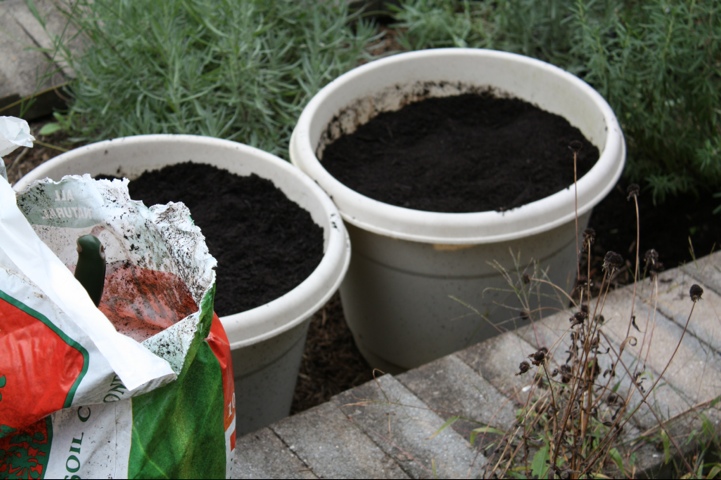
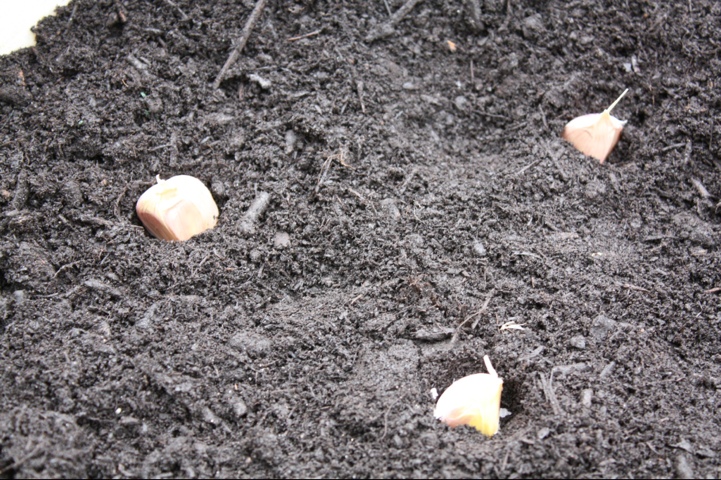
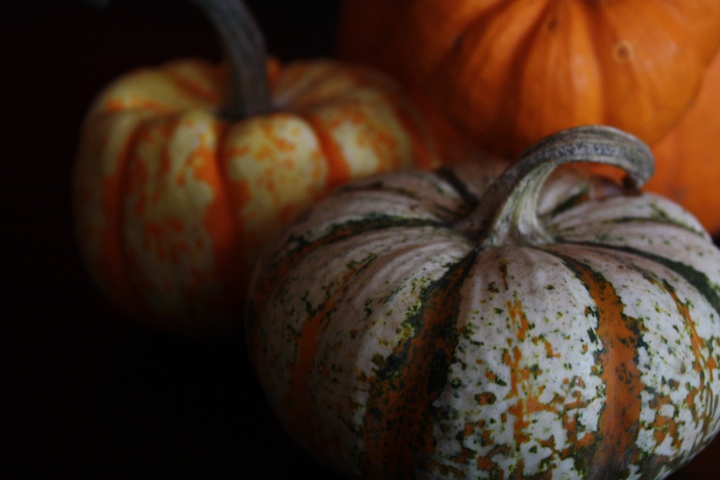 The summer garden is winding down, and I've been wrapped up in my day job. While much of September was spent in the office or on travel, I did find some time to can tomatoes, dry herbs, dehydrate hot peppers, and stockpile pesto in the freezer.
The summer garden is winding down, and I've been wrapped up in my day job. While much of September was spent in the office or on travel, I did find some time to can tomatoes, dry herbs, dehydrate hot peppers, and stockpile pesto in the freezer. 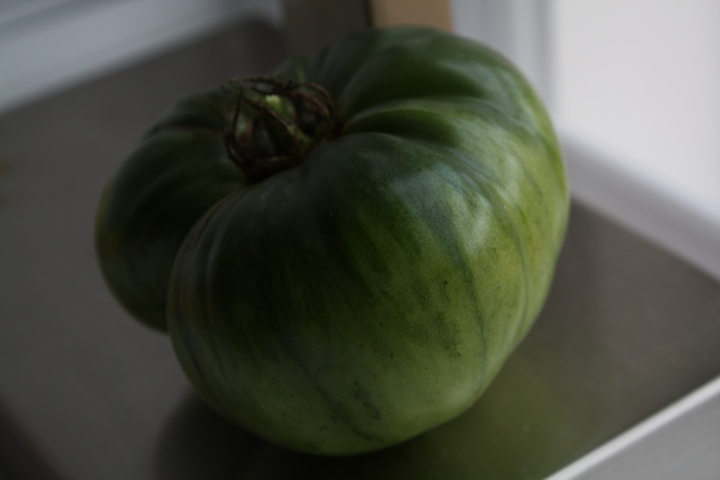
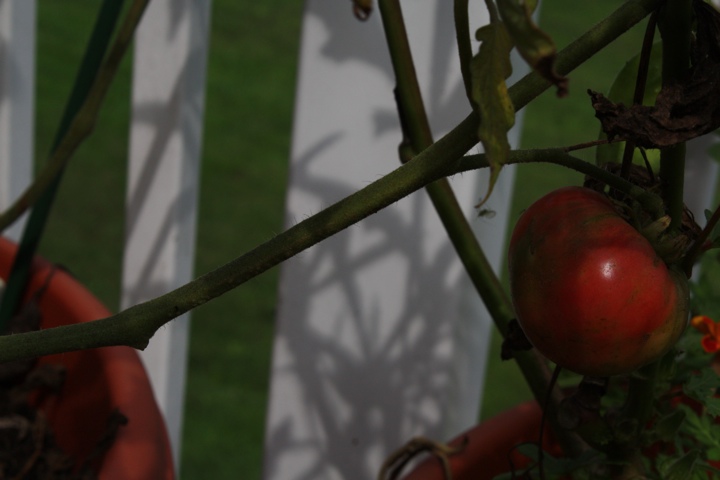
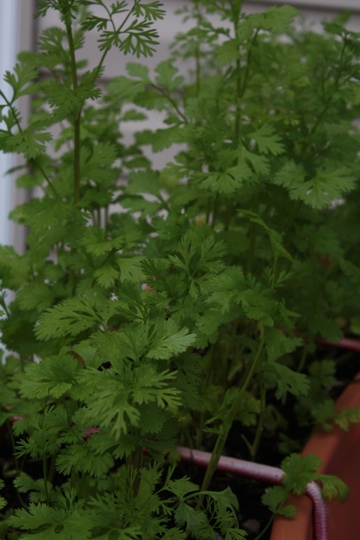
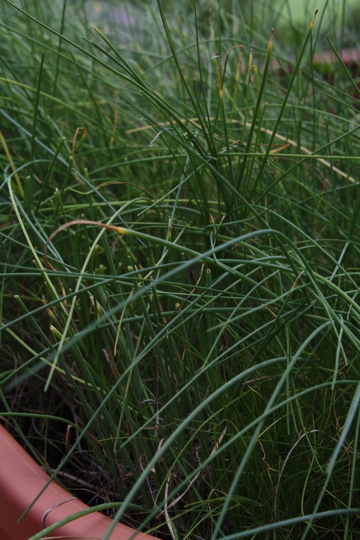
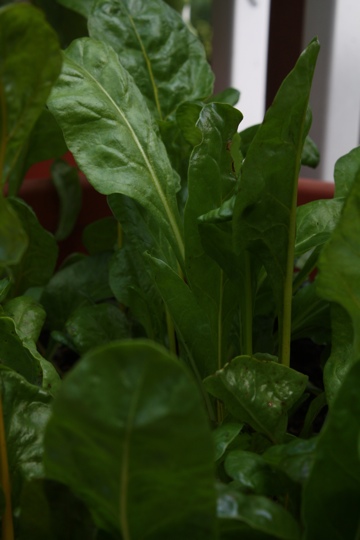
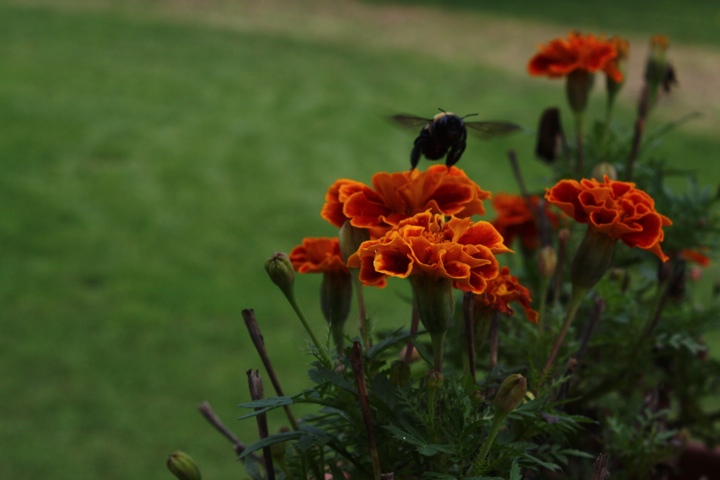
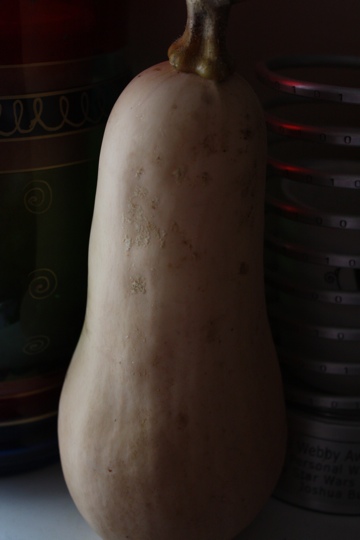
 Last week my CSA newsletter mentioned that the stinkbugs spoiled their bell pepper crop this year. While their offerings were a little on the small-side, I didn't mind, my peppers are rockin!
This year, I grew bell, sweet, and pequillo peppers on the deck, and all the spicy peppers out front. I'm not exactly sure why I had a better yield than the CSA. But I think a few factors contributed, (1) each pepper plant is situated next to a marigold plant, (pests hate the fragrance of marigold), (2) I frequently pick and squish stinkbugs, (3) I released ladybugs into the garden three times this year in the hopes that they'd eat the stinkbug eggs, and (4) i fed and added compost to the plants every two weeks. Whatever I did, or maybe this is all a coincidence, it worked.
Last week my CSA newsletter mentioned that the stinkbugs spoiled their bell pepper crop this year. While their offerings were a little on the small-side, I didn't mind, my peppers are rockin!
This year, I grew bell, sweet, and pequillo peppers on the deck, and all the spicy peppers out front. I'm not exactly sure why I had a better yield than the CSA. But I think a few factors contributed, (1) each pepper plant is situated next to a marigold plant, (pests hate the fragrance of marigold), (2) I frequently pick and squish stinkbugs, (3) I released ladybugs into the garden three times this year in the hopes that they'd eat the stinkbug eggs, and (4) i fed and added compost to the plants every two weeks. Whatever I did, or maybe this is all a coincidence, it worked. 


 Bell Peppers
Bell Peppers
 Pequillo Peppers
Pequillo Peppers
 Sweet Peppers
Sweet Peppers Container gardening can be limiting at times, but I can usually find a way to grow what I want by changing the variety. I'm fascinated with root vegetables, beets and carrots in particular. When it comes to carrots, I grow the little round baby carrots. Parmex-baby ball, Parisienne,and Tonda di Parigi, are a few varieties of this little orange gem. Instead of straight down, these carrots grow round, and are perfect for container gardening. Their flavor is dynamite, and I thought any excess would make a killer indian-spiced pickled carrot.
Container gardening can be limiting at times, but I can usually find a way to grow what I want by changing the variety. I'm fascinated with root vegetables, beets and carrots in particular. When it comes to carrots, I grow the little round baby carrots. Parmex-baby ball, Parisienne,and Tonda di Parigi, are a few varieties of this little orange gem. Instead of straight down, these carrots grow round, and are perfect for container gardening. Their flavor is dynamite, and I thought any excess would make a killer indian-spiced pickled carrot. 



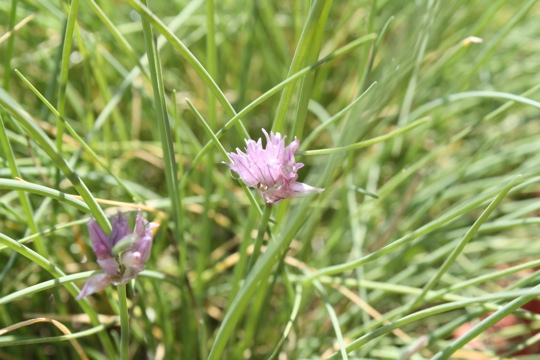 Three cheers for this garden champ! Chives grow easily in my garden, and winter surprisingly well.
Last year, this container of chives was only six months old when it was covered with it's first snow. It survived temperatures in the low teens, and complete neglect from me. Early March, I was counting, organizing and cleaning containers for spring planting when I pulled back the brown and yellow chives to find green shoots looking for some sun. This was a moment of pure joy. The trees were bare, my yard was still cold and grey, but I had green chives!
Three cheers for this garden champ! Chives grow easily in my garden, and winter surprisingly well.
Last year, this container of chives was only six months old when it was covered with it's first snow. It survived temperatures in the low teens, and complete neglect from me. Early March, I was counting, organizing and cleaning containers for spring planting when I pulled back the brown and yellow chives to find green shoots looking for some sun. This was a moment of pure joy. The trees were bare, my yard was still cold and grey, but I had green chives!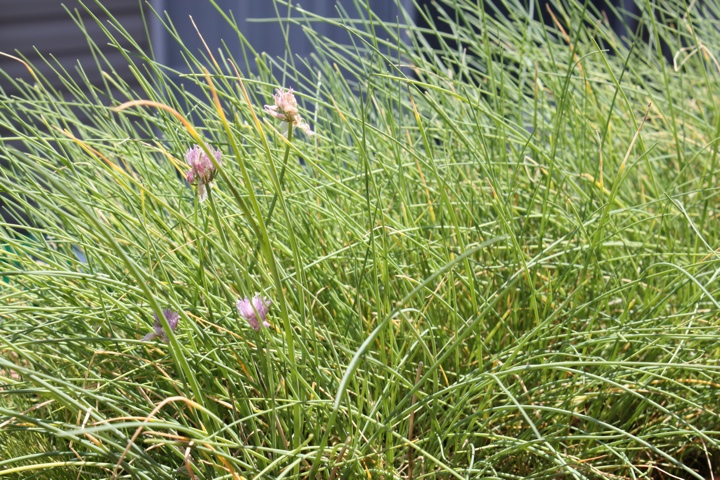
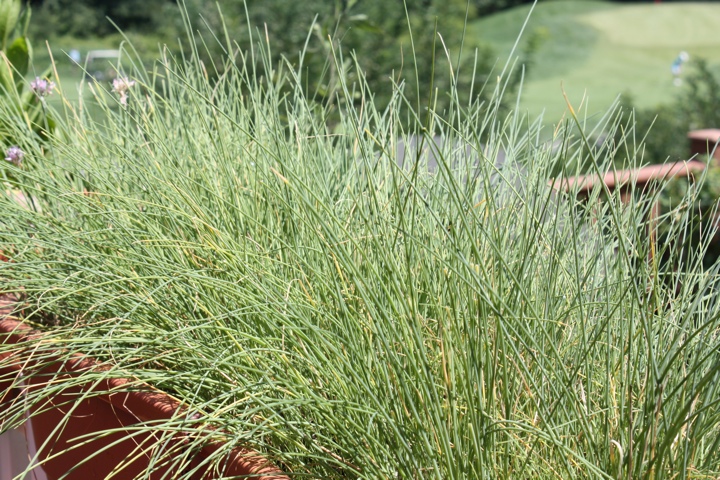
 The newest addition to the garden this year is Okra. During the winter there was an okra shortage and I couldn't find frozen okra at any of the seven zillion grocery stores near me. After being denied delicious home-cooked gumbo and jambalaya during Snowmageddon 2011, I vowed to grow it myself.
The newest addition to the garden this year is Okra. During the winter there was an okra shortage and I couldn't find frozen okra at any of the seven zillion grocery stores near me. After being denied delicious home-cooked gumbo and jambalaya during Snowmageddon 2011, I vowed to grow it myself. 

